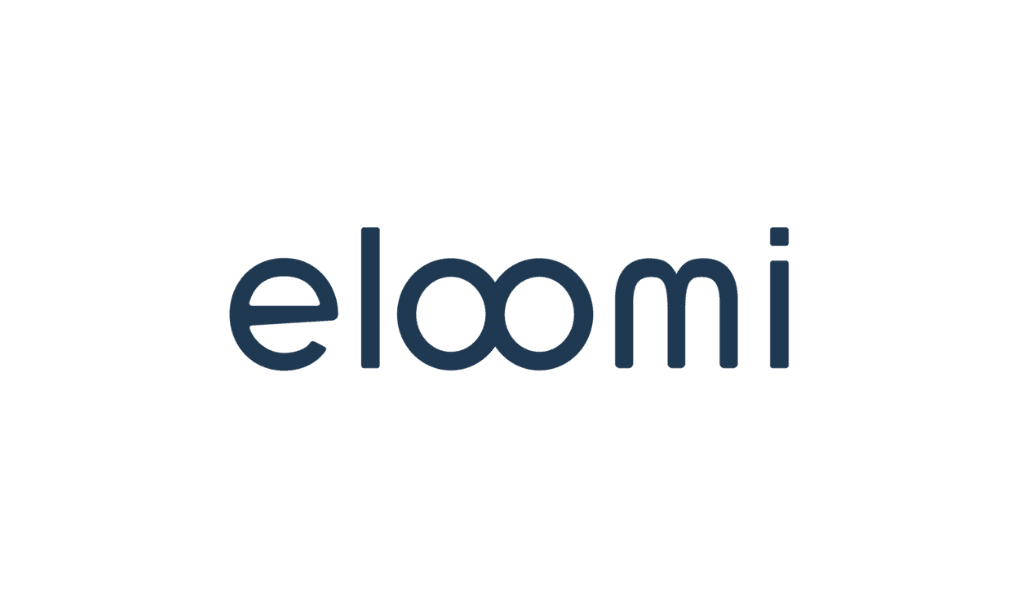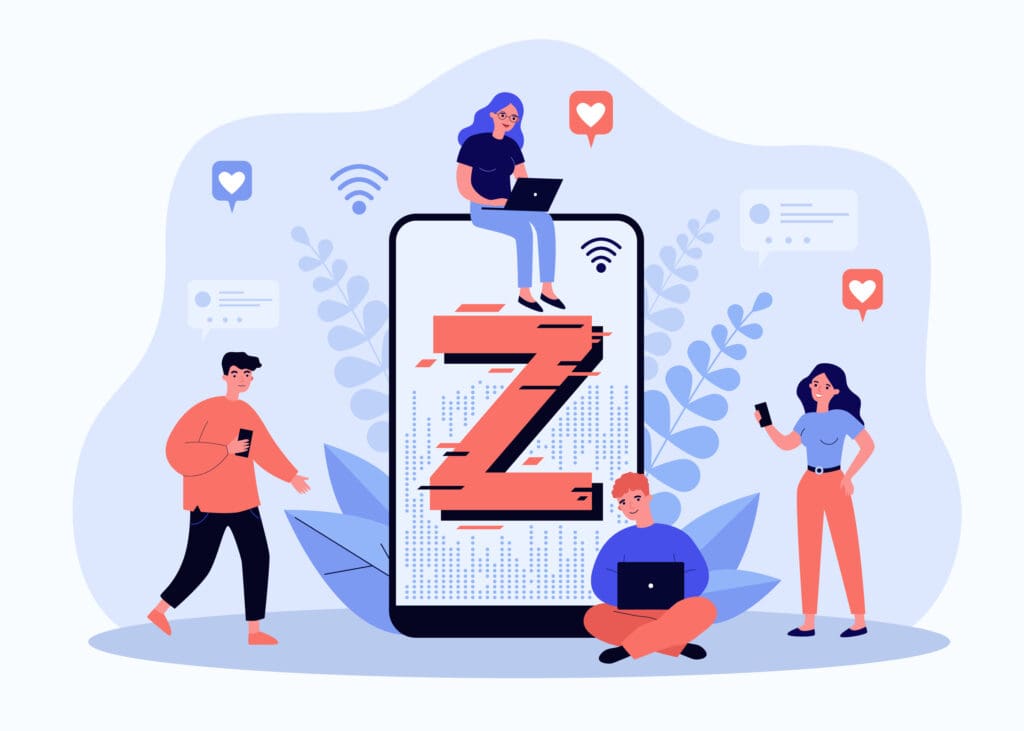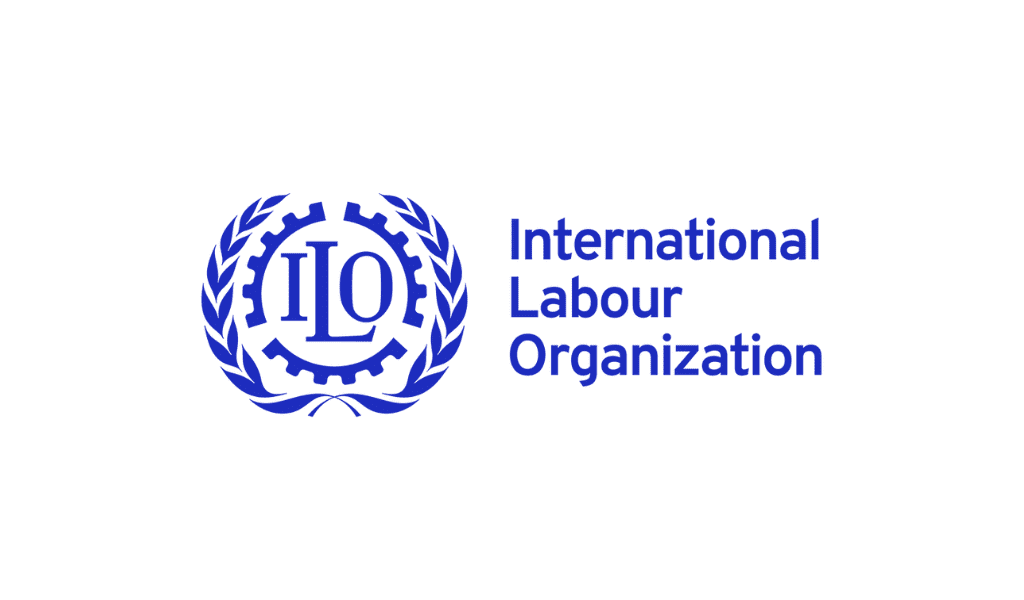Organisations are taking exceptional measures to ensure the safety of office environments.
By Simon Kent
As the pandemic eases, the experience of countries, cities, and companies across the APAC region continues to be diverse. However, encouraging and supporting the emerging hybrid workforce -split between home and work -means employers now need to create a safe environment for those who wish to return.
Lee Quane, regional director for Asia at ECA, says for locations where living accommodation and commuting distances are small -Hong Kong and Tokyo for example -working from home has always been difficult to realise. In places where the virus has been well managed, like Taiwan, office working has remained the norm.
But office space is somewhat different from pre-COVID days. Organisations have taken steps to help manage the spread of COVID-19, including reducing of the number of employees in the office, enforcing clean desk policies, reducing social interaction, and testing employees.
“Many hygiene measures introduced in response to the pandemic are likely to remain beyond the pandemic, such as heightened levels of cleanliness in office spaces and testing of employees and visitors for COVID-like symptoms, since it is unlikely that many locations will see herd immunity before the end of 2021,” explains Quane.
Neil Jones, regional managing director of APAC at AMS, agrees that the return to the office varies from location to location. China has returned to a normal work environment, he says, while Hong Kong and Singapore are following a model that sets a strict controls around the percentage of staff allowed in the office. At AMS, the Manila business continues to deploy a work-from-home policy, while India and Australia have started to reopen offices.
Jones also reports a reconfiguring of the workspace for distancing and staggered office and lunch hours to reduce crowds. Employees who want to be in the office are subject to routine temperature checks and must practice social distancing and wear masks at all times.
“We do anticipate that countries will continue to work under strict controls with changes in local policy based on the ongoing developments of COVID at any given time,” says Jones. “There is hope that the wider rollout of vaccines will create an accelerated return to the workplace, but in most countries across APAC, it is far too early to make concerted predictions on this.”
Raj Krishnamurthy, CEO of workplace sensor technology company Freespace, says their technology is already aiding companies in creating a safe environment at work. He reports the deployment of 100,000 sensors in global workplaces, along with 50,000 licenses of their Freespace Booking app. He also lists digital signage and tools to monitor cleaning activities as helpful for encouraging employees to be safe. In addition, office activity data can be collected and analysed to ensure a company’s real estate is being used as efficiently as possible within the restrictions.
“If organisations have the data to best understand how well their space is being used and when, then it will let them reshape how their building is used,” says Krishnamurthy. “This anonymous data is pivotal for the discussions that senior leaders and department heads need to have to execute the return to work.
“In addition to tuning in to any fears or requirements from their employees, business leaders must understand what their business needs before deciding on a workplace strategy,” he adds. “Home working has changed what the workplace experience is for employees and any future workplace design alterations must reflect that.”
Regardless of how different companies, sectors, or countries are approaching the future of work, it’s common that candidates want to understand an organisational policies in this area before they make their decision to work there.
“It’s a stark indication that the decisions that organisations take on these issues have a significant influence on their ability to keep current and attract future employees,” says Kumar Bhaya, vice president client solutions, APAC at Cielo Talent. “To attract and retain top talent, organisations will need to treat them as individuals, listen to their needs, and ensure that company decisions are creating a productive working environment that limits unnecessary stress.”
Creating a safe workplace is not just about helping to control the continuing pandemic, it’s now become a matter of good talent acquisition practice.














